On Christmas night 1955, a red telephone rang in a top-secret bunker of the US Continental Air Defense Command (CONAD). Colonel Harry Shoup picked up the phone. He expected the head of the Air Force Strategic Command or even President Eisenhower to be on the other end of the line. Instead, he was surprised to hear a child’s voice asking: “Is this Santa Claus?”.
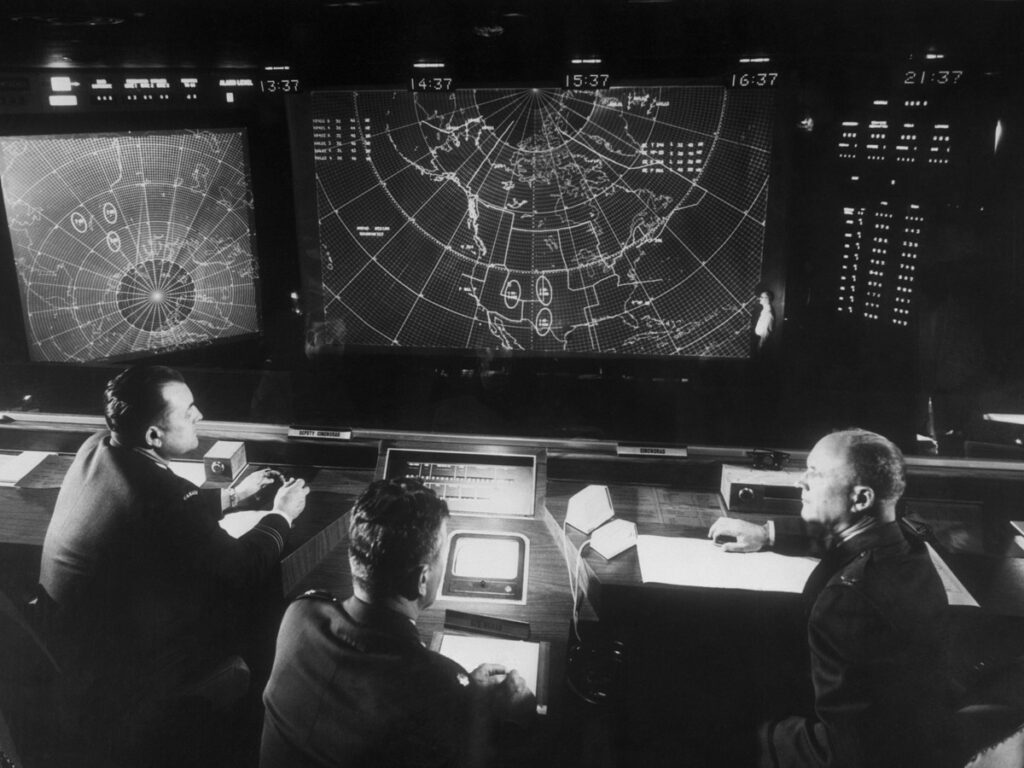
The stern colonel did not want to disappoint the child, so he admitted to be the Santa. Other calls did not linger to come, and it was later discovered that an ad had been published in the local paper with Santa’s number, which differed by only one digit from CONAD’s number. Realizing this, Shoup ordered his subordinates to play along with the children and report where Santa was now. It later became an annual practice that continues successfully to this day.
Here is the official version of the appearance of NORAD Tracks Santa — a project of US Air Force to “track the path of Santa Claus” and report his location to everyone. Undoubtedly, the story described above is very touching, and a movie could be shot based on it. However, unfortunately, as it usually happens, although some of the described events did take place, many elements of the legend were highly embellished. So it’s time to tell how the famous tradition actually started.
The birth of the legend
Some origins of this story can be found even as early as the years of the Second World War. Then, to raise the morale of the troops and the mood of the public, the American military issued a humorous Christmas press release, where they announced the formation of a new command at the North Pole. Of course, it was headed by Santa Claus, having a small army of gnomes under his command.
In 1948, the American Air Force mentioned Santa again. In their winter communique, they said the northern Early Warning System radar network detected “one unidentified sled carried by eight deer at 14,000 feet on a course of 180 degrees.” Many American publications appreciated the joke and reprinted the message. However, it also remained a single event, without further continuation.
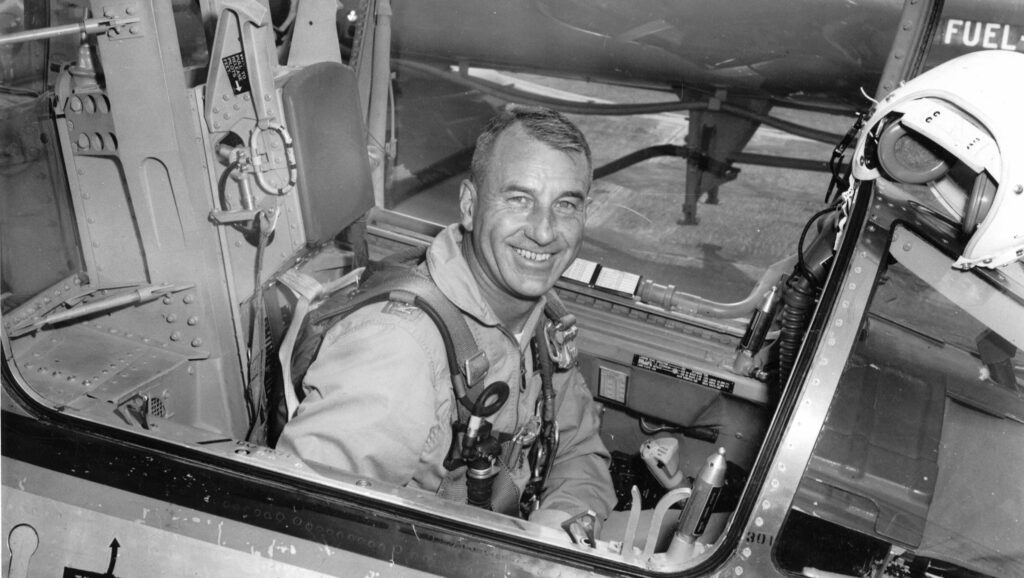
Seven years later, the phone rang in the office of the aforementioned Colonel Shoop. And there really was a child on the other end of the wire. She saw an ad in a Sears store that offered to call Santa, and used the phone, mixing up the numbers.
But this is where the real events begin to diverge significantly from the beautiful legend that appeared later. Firstly, Shoup took a call on a regular device. Yes, he had a special red phone in his office. But the fact is that it provided communication on a separate isolated line, so it was physically impossible to call it from a regular civil phone. Secondly, the bell rang not on Christmas night, but on November 30, 1955. Thirdly, in reality, the colonel did not play along with the kid. It was the climax of the Cold War, and the military was concerned about completely different issues. Shoup is said to have replied something along like, “Maybe there’s a guy named Santa Claus at the North Pole, but I don’t care much about him right now,” before hanging up. Finally, contrary to popular belief, this was the only such call that evening. And it is not surprising, because in order to accidentally dial CONAD, it would be necessary to mix up not one, but two numbers in the same announcement.
However, a few weeks later, the story got an unexpected continuation. His staff drew a Santa Claus on the tracking board for unidentified aircraft; Shoup saw it and had a kind of revelation. He consulted with the public affairs officer, and on December 23, CONAD issued a press release that read:
“Santa Claus has been granted safe passage to the United States. Continental Air Defense Command has been tracking its journey from the North Pole since Friday morning.
According to radar and ground observers, Santa was moving at 45 knots at an altitude of 35,000 feet and is expected to arrive at the United States late Saturday night for his annual visit.
US and Canadian defense units will steer him toward prevailing upper-level currents that should double his speed and allow him to bypass stormy weather west of Hudson Bay.
CONAD, Army, Navy and Marine Corps Air Forces will continue to monitor and protect Santa and his sleigh during his trip to and from the United States from possible attack by those non-believers in Christmas.
Santa’s trail marked on the observation board is very wide, which indicates that his sleigh is heavily loaded with toys and goodies.”
The American press really liked this idea and was eager to report how CONAD helps Santa. Of course, today some will say said that all this was nothing more than a successful advertising trick of the military, which was concerned with improving their reputation. Though let’s have in mind that the described events took place during the Cold War era — so everyone perfectly understood who “those non-believers in Christmas” were, from whom the American Air Force protected the old man loaded with gifts.
Anyway, no matter what the circumstances were, this tradition quickly went popular, as clearly demonstrated by further events. The matter is that at first Shoup did not plan to repeat the campaign next year. However, when he was informed that representatives of major news agencies were persistently inquiring about a new Christmas press release, a sequel was inevitable.
Santa in the digital age
In 1958, CONAD was transformed into the North American Aerospace Defense Command (NORAD). The new structure not only continued the tradition of its predecessor, but also began to develop it in every way. Christmas press releases were supplemented with various details. For example, in 1960, NORAD reported that Santa’s sleigh made an emergency landing on the ice of the Hudson Bay, after which the pilots saw the old man bandage the leg of Dancer the Reindeer before taking off again and continuing his journey, escorted by fighter jets.
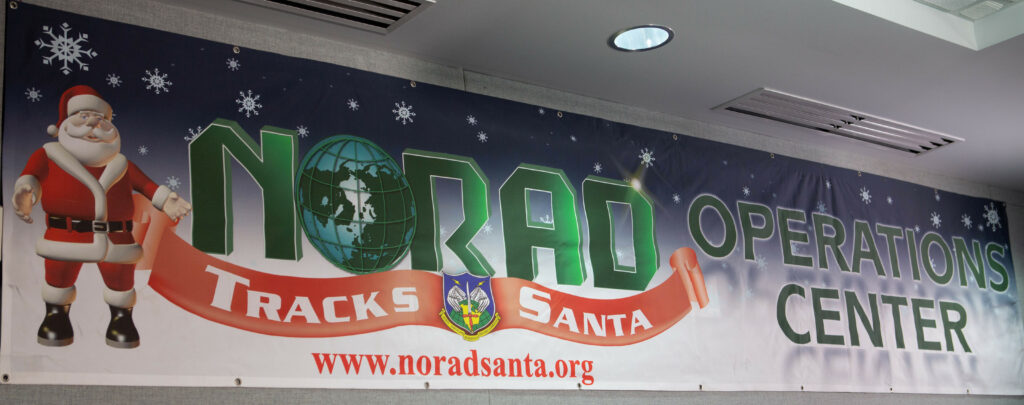
As its popularity grew, the tradition gradually began to penetrate other formats. So, in 1964, the military sent a specially prepared vinyl record to American radio stations. It contained recorded messages about the last sightings of Santa, as well as Christmas music, some of which was performed by NORAD’s own band.
In the 1970s, Santa went on a foray into television. The US Air Force released a three-minute Christmas video showing fighter jets taking off to intercept a group of unidentified flying objects, which of course turned out to be reindeer sleighs.
In 1981, NORAD launched the famous hotline for the first time, where you could call and find out where Santa was at the moment. The calls were answered by a team of volunteers consisting of both military and civilians.
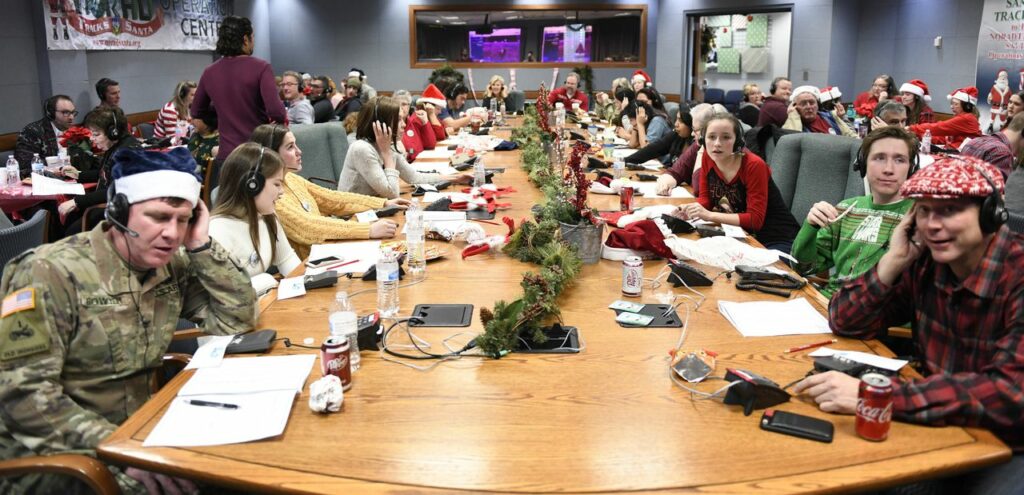
The end of the Cold War did not terminate Santa’s tracking. Moreover, with the development of digital technologies, the tradition gained even greater popularity. Since 1997, it has been possible to find out the current location of the main Christmas symbol on a special website. Later, the project registered pages in social networks, then for a while it was integrated into Google Earth, and then mobile applications appeared. The growing popularity of the service led to a small war for the right to track Santa, in which such companies as Bing, Google and Microsoft participated at different times. In the end, it was Microsoft that became the main partner of the NORAD program. However, this did not prevent Google from creating its own alternative version of Santa’s tracker.
Interestingly, despite the invasion of Santa Claus of the Internet, the hotline still remains the most important part of the program. So, on Christmas Day 2018, 1,500 volunteers answered almost 100,000 calls and 12,000 emails from all over the world. As for the NORAD online tracker, it has been visited by about 20 million people. Even the COVID-19 pandemic did not stand in the way of the campaign — although a protective mask had to be added to the traditional image of Santa.
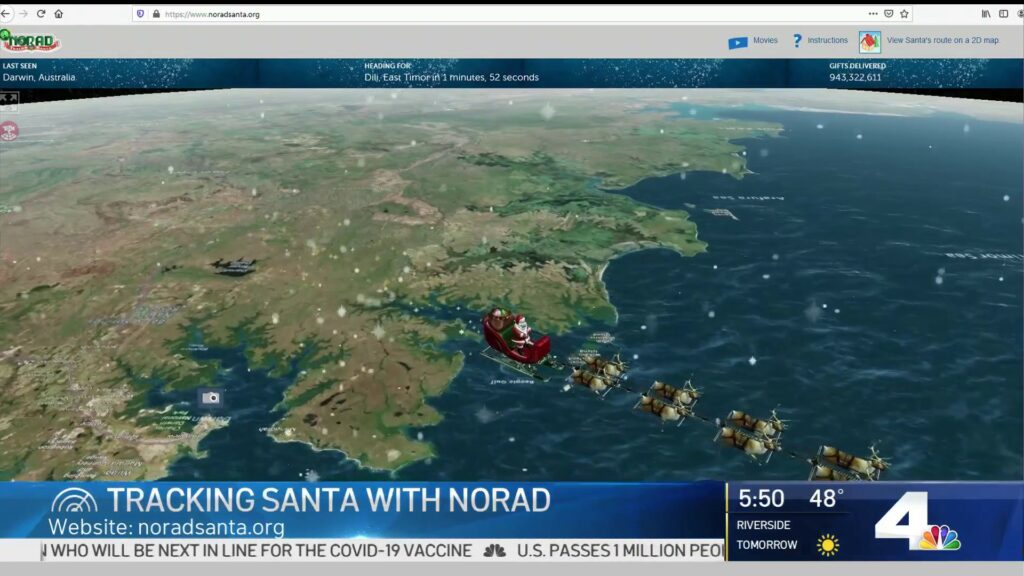
So, despite his advanced age, Santa’s trekking not only does not lose, but on the contrary, continues to boost its popularity. Yes, maybe it all really started as a PR project of the US military trying to improve its image. But even so, the tradition has long gone beyond its initial framework and has successfully withstood the test of both time and new technologies. Thanks to it, on the eve of the holiday, millions of people around the world can find out the current location of that white-bearded old man with a bag of long-awaited gifts and, if only for a short time, get infused with the feeling of magic tinted with believe that everything is possible this night. Perhaps, it may be rightly considered the most real Christmas miracle.

